This Rose Hip & Flower Salad is a brilliant little salad for cleansing the palette and a way of using rose hips that you wouldn’t first think of.
Click here to see our Rose Foraging Guide
Ingredients:
Per person
- 2 Rose hips, chopped and seeds removed
- Handful rocket salad
- 3 dandelion leaves
- 3 vetch tops
- Edible wild flower
- Rose flower vinaigrette – 1 part rose flower syrup to 1 part cider vinegar
Method:
- Wash the salads and mix in your vinaigrette
- Plate up with the rest of the ingredients and dash a little more rose flower over the top
Click here to see all of our Rose Recipes
References
Find more about Rose Hip medicinal benefits



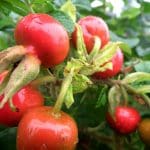
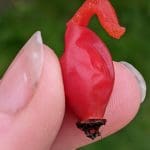
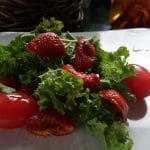
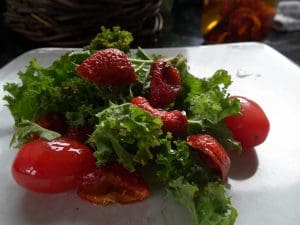
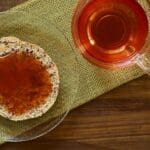
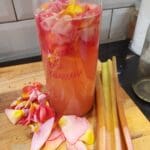




Leave a Reply
You must be logged in to post a comment.